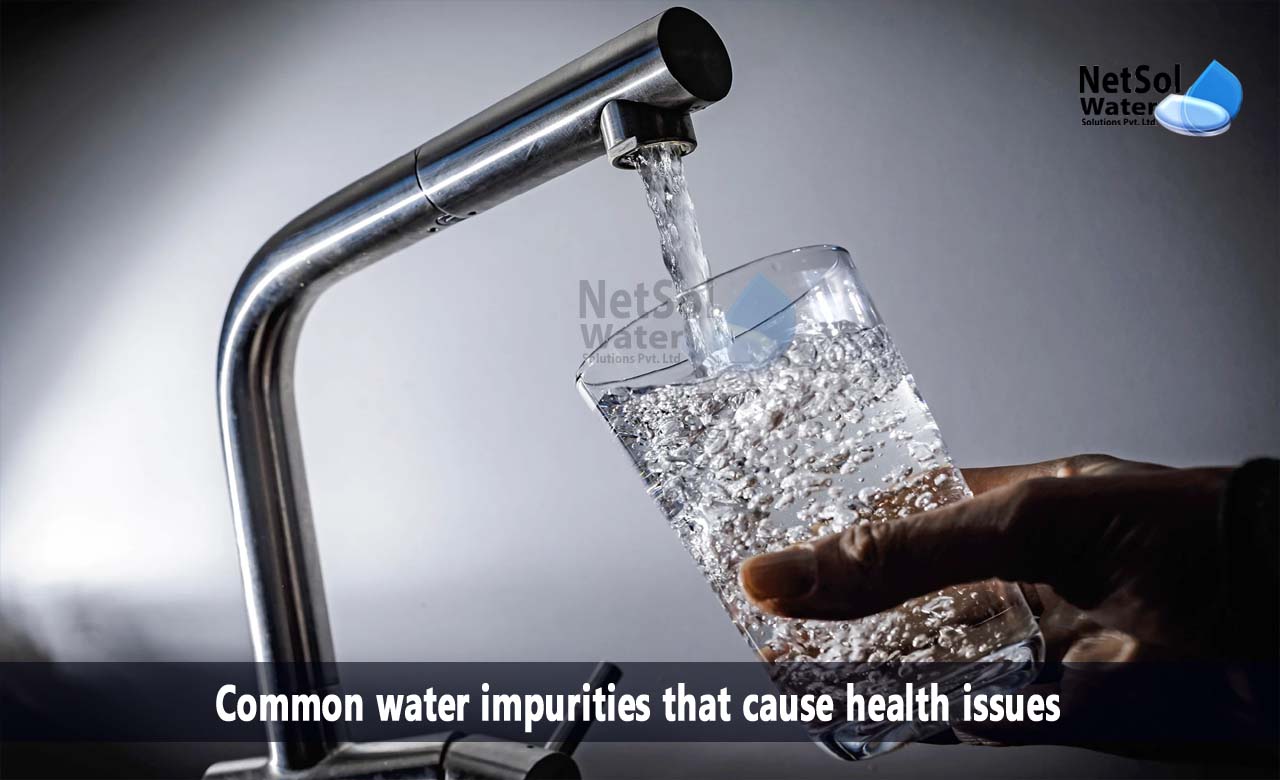One of the most plentiful resources we have is water. It is regarded as the pinnacle of sustainable resources because of how the hydrologic cycle recycles water into precipitation, which is then used again. When this precipitation immediately forms, it will be pure water. It will pick up a variety of contaminants when it falls from the sky and goes to the various water sources, such as ground water, surface water, etc.
Water is frequently referred to as the "universal solvent" because it can somewhat dissolve, practically any substance discovered in nature. But not all types of water are created equal, and they differ according to location.
What are the Common water impurities that cause health issues?
There are some pollutants and water characteristics that are more problematic than others, in industrial water treatment, causing corrosion, deposits, scale, etc. Some of the most typical examples are:
· Total Dissolved Solids (TDS)
· Conductivity
· pH
· Alkalinity
· Hardness of calcium and magnesium
· Sodium Sulphates
· Silica
· Chlorides
· Dispersed gases from bacteria
Conductivity
Water's conductivity is a measurement of how well it can carry an electrical current. It is frequently used to calculate the water's TDS content. The concentration of dissolved particles and minerals increases with increasing conductivity. If allowed to concentrate over advised limits, some of these dissolved minerals may then precipitate onto system heat transfer surfaces. Additionally, they might raise the risk of rusting.
pH
Water's hydrogen ion concentration, which is correlated with acidity and basicity, is measured by the pH scale. A pH of 7.0 is regarded as "neutral" for water. There are certain exceptions to the general rule that scaling and corrosion are more likely to occur, at higher pH levels and lower pH levels, respectively.
Alkalinity
The ability of the water to neutralise acids is measured by alkalinity. High alkalinity waters often have a relatively high pH, while low alkalinity waters typically have a relatively low pH.
Hardness
The amount of calcium and magnesium in the water is measured by its hardness. Alkalinity and calcium hardness can combine to create calcium carbonate, also known as "lime" scale. The most typical scale build-up in home water systems and heat exchangers is this one. Its solubility changes inversely with temperature.
Calcium carbonate becomes less soluble as the temperature rises. Its high insulation levels result in reduced heat transfer and higher energy expenses. Due to under-deposit corrosion, calcium-based scale can also result in an increase in corrosion potential.
Silica
Another contaminant with a limited solubility in water is silica (SiO2). Silica has the ability to produce incredibly dense, challenging-to-remove deposits. If these deposits do form, they can be quite insulating as well and must be removed, using dangerous chemicals. If magnesium levels are high enough, silica deposits may develop.
Sulphates and chlorides
Serious corrosion problems can be brought on by chlorides and sulphates. High concentrations of these anions have been linked to stress corrosion cracking, pitting, and general corrosion. They can be very harmful under deposits, even at low amounts.
Bacteria
Bacteria can be found in water and can cause issues around bodies of water. A cooling tower system is one instance. Dust, nutrients, and bacteria are regularly scrubbed from the air by a cooling tower. These impurities, once they start to gather in the tower system, can cause issues including corrosion and the creation of biofilms.
The cooling tower is continuously aerated, has a perfect temperature and pH, and is exposed to sunshine, all of which are great circumstances for the growth of bacteria. If the correct circumstances are present, bacteria issues can also occur in closed loop systems and household water.
Dissolved Gases
Dissolved gases have the potential to cause issues in hot water closed loops and steam boiler systems. The dissolved gases oxygen and carbon dioxide are usually the most problematic. The solubility of each of these gases decreases with increasing temperature.
Both oxygen and carbon dioxide become less soluble as the temperature rises. In steam boiler systems, where excessive oxygen levels can result in oxygen pitting on the water surfaces of boiler tubes and feedwater tanks, they are particularly problematic.
When steam condenses, carbon dioxide can also result in the formation of carbonic acid, which will corrode the steam and condensate lines. High makeup hot water closed loops may also have corrosion problems, as a result of released oxygen.
Conclusion
With all of the contaminants that might be present in water, it's critical to realise that they can be managed and controlled to make them less of an issue. Your systems can be shielded from the harm that each pollutant may bring about, if the appropriate chemical treatment, water quality balancing for each system, and equipment are used.
To find out whether any of the contaminants mentioned thus far or others can harm your systems, speak with your Netsol Water specialist for more advice.
Netsol Water is Greater Noida-based leading water & wastewater treatment plant manufacturer. We are industry's most demanding company based on client review and work quality. We are known as best commercial RO plant manufacturers, industrial RO plant manufacturer, sewage treatment plant manufacturer, Water Softener Plant Manufacturers and effluent treatment plant manufacturers. Apart from this 24x7 customer support is our USP. Call on +91-9650608473, or write us at enquiry@netsolwater.com for any support, inquiry or product-purchase related query.



